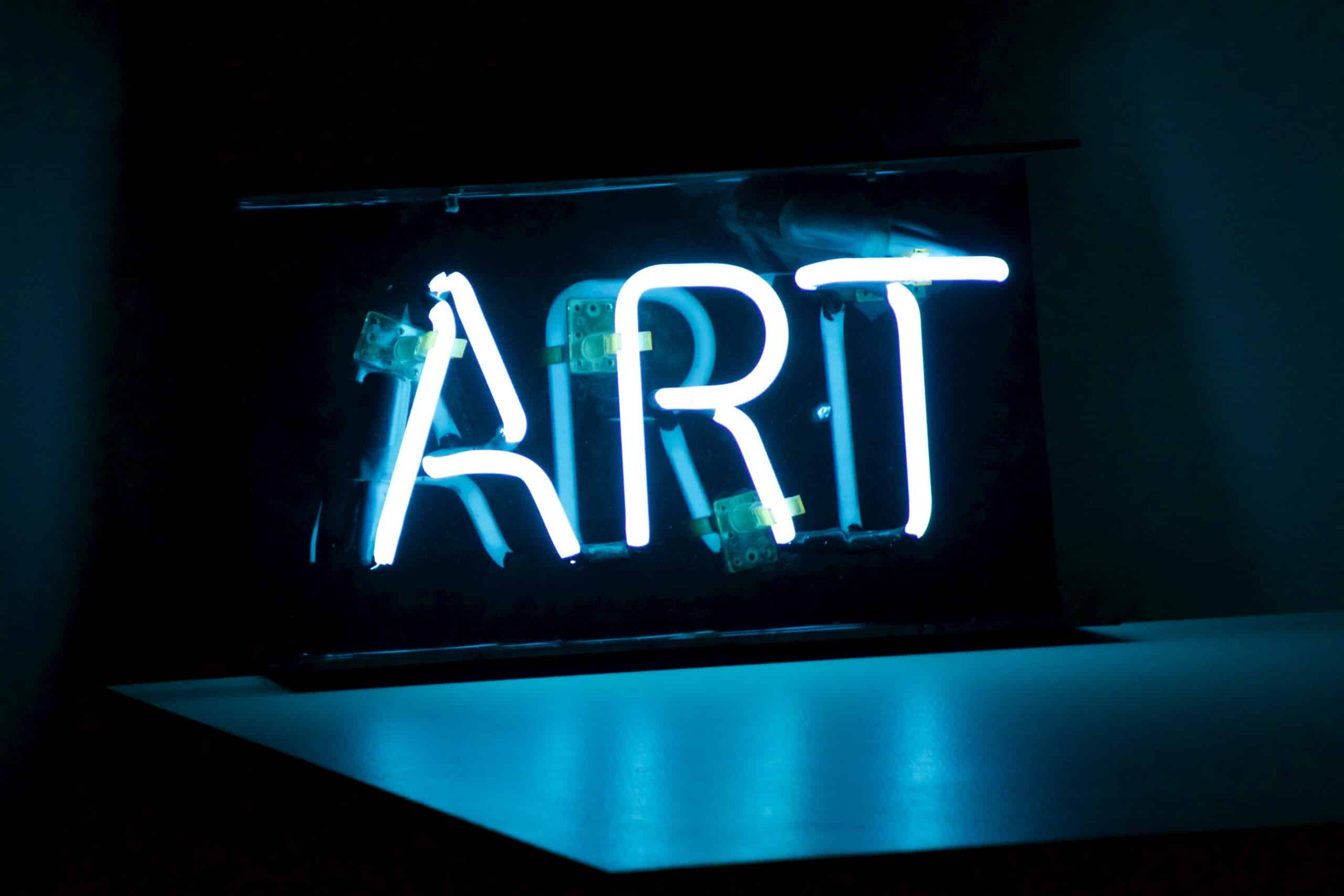Artificial intelligence and the programs that utilize it have been dominating the innovation conversation these days, and the art market is no exception to this burgeoning industry’s vast impact. From authentication and sales all the way to forgery and copyright infringement, it seems no facet of the art world has been left unchanged.
In this article, we will explore how AI is changing the art landscape, for better or worse.
AI and Artwork Identification
Authentication is one AI advancement professionals in the art market are particularly excited about. Though it was once estimated that a fair percentage of artworks for sale were fakes, the traditional reliance on complex manual methods of authentication has been largely superseded in recent years by the rapid advancement of technology.
Not only is this a time-consuming process requiring extensive expertise, but, especially since the advent of the internet, the vast majority of the art for sale can easily skip this authentication layer entirely. New AI-driven programs are starting to change this. Imagine if anyone, anywhere, could authenticate the artwork they are considering with the click of a button.
One such program, Hephaestus, voices concerns over traditional authentication methods on the grounds that they can be falsified. As a spokesperson for the company said, “historic pigments can be recreated or reused, and carbon dating measurements can be contaminated and manipulated” [1]. Furthermore, the motivations of the authenticators may not always be pure. The future, they argued in a 2022 article, is digital.
Their software—and presumably that of their competitors—adds another layer to the identification framework of provenance, connoisseurship, and scientific analysis: computational power and pattern recognition on a level the human brain simply cannot match.
Of course, the success of programs like Hephaestus relies heavily on a robust database of existing artwork. The larger the database, the more capable the program, and the number of artworks with a digital footprint is growing at an incredible rate. In 2022, Hephaestus claimed 98.2% accuracy in identifying artworks.
The AI identification of art holds much promise for art lovers and professionals alike because it doesn’t just spot forgeries—it also has the potential to make accessible the identification of authentic artworks of unknown provenance. Soon, hopeful heirs everywhere will be inputting photos of the dusty paintings hanging in their family home to determine their creator and, ultimately, their value.

Buying and Selling Art with AI
Artificial intelligence is poised to make real waves around the sale of art. First, of course, are the countless AI-assisted sales platforms with multifaceted database potential and powerful security that reassures buyers who are contemplating spending thousands or hundreds of thousands of dollars on art. Most programs are benefitting online sales in general, but others are coming out with art market-specific offerings.
Online viewing programs are another boon to the art world. At ArtRow, we use ArtPlacer, an app that lets our clients visualize artworks in their space using their mobile devices. When they direct their camera at the wall or shelf on which they want to display the piece in question, the program shows the artwork as it would appear in the space, based on its dimensions.
This virtual reality aspect goes one step further with gallery walkthroughs. Online exhibitions are becoming so much more than simply clicking through a slideshow. These new programs let the user design 3D digital galleries, into which they can place images of their curated selection. Viewers can then “walk” through the gallery, pause in front of a painting, and read the text next to it on the wall. With each new iteration, these programs become easier for anyone to build and share with their website guests.
On the art seller side, AI is proving very useful for the research and valuation of artworks coming up for sale. Processes like cataloguing, which were once “done manually and took several days,” [2] can now be completed in mere seconds.
Finally, AI is helping many industries including the art market monitor and predict trends, which enables art professionals to identify the current and potential future value of any piece of art. AI facilitates incredible pattern analysis that tracks, for example, “the activities of public figures related to the art market [, which] can be beneficial since they have such an elevated capacity to influence public interest and overall trends.” [2]

Reconsidering What Is Art: AI Art Creation
Does AI change the definition of “art”?
Artists and critics alike have been considering the merging of art and the digital realm for some time, but the emergence of NFTs, followed closely by the release of programs like Midjourney and DALL-E, has dialled up the urgency around what essentially amounts to an existential consideration.
At the center, of course, is the question of how we define art in the first place. Does art need to be physically created? Does it need to be completely unique? Is the concept as important (or more important) than the result? These questions are hugely subjective and the source of constant conversation.
For example, how involved can the computer be in the generation of an image before it is no longer art? Digital artists use programs like Procreate and Photoshop to draw and “paint” using a stylus, which still requires manual input. However, they may also incorporate stock images and ask the program to create patterns, fill a space with colour or—more recently—fill a space with something that was never there, such as replacing a background of buildings with a flower-strewn meadow.
While there is time and space for subjectivity in considerating art openly made using AI-driven programs, the more immediate concern may lie with images created by AI that are masquerading as originals or human-made artworks. These pieces often usurp and take credit for the work of other artists.

The Role of AI in Forgery and Copyright Infringement
Art forgery in the time of AI falls into two categories: (i) “art” made by AI that might be considered forgery because it uses components of existing artworks or concepts and (ii) deliberate forgeries created with AI to impersonate existing artworks or newly “discovered” pieces by famous artists.
Setting aside the first as an extension of the previous existential question, let us consider the deliberate forgeries.
Taking to a new level the many reports of artists training AI to copy their art style [3], a number of lawsuits surfaced recently regarding AI-generated content and the copyrights it might infringe upon. Despite the claims of AI proponents that image generation programs only use databases of existing images to create completely unique outputs, many have proven that the right prompt can convince the program to churn out a reproduction instead.
A statement released by the firm representing the artists in one of the lawsuits [4] suggested that “AI image products are not just an infringement of artists’ rights; whether they aim to or not, these products will eliminate ‘artist’ as a viable career path.”
Regardless of whether these oft-voiced claims prove true, there’s no question that the role of AI as Artist is a uniquely modern development on which everyone in the industry will be keeping a close eye for decades to come.
The future of the art/AI relationship is uncertain, but as an online art marketplace, our responsibility to stay abreast of this topic and share our findings is clear. In the coming months, we will continue to explore the impact of AI, with articles on blockchain technology for authenticity and provenance and many other fascinating issues surrounding the future of art.
References
References:
[2] Forbes
[4] Gizmodo



